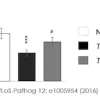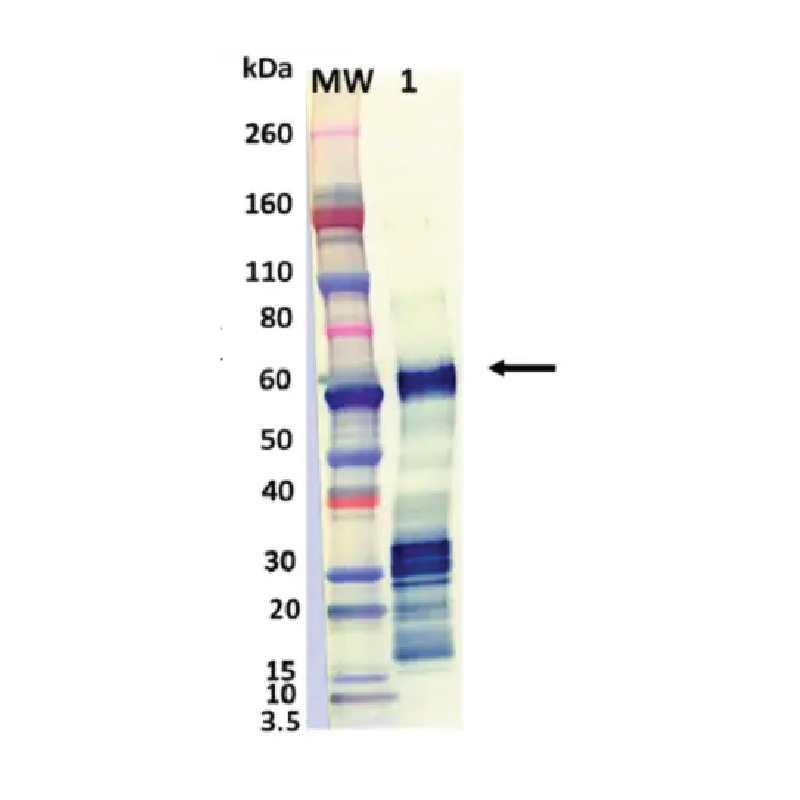- Empty cart.
- Continue Shopping

HMG-CoA Reductase Activity Assay Kit (Colorimetric)
HMG-CoA Reductase Activity Assay Kit (Colorimetric)
This product is currently out of stock and unavailable.
Key features and details
- Assay type: Enzyme activity
- Detection method: Colorimetric
- Platform: Microplate reader
- Assay time: 10 min
- Sample type: Purified protein
Overview
Product name
HMG-CoA Reductase Activity Assay Kit (Colorimetric)Detection method
ColorimetricSample type
Purified proteinAssay type
Enzyme activityAssay time
0h 10mProduct overview
HMG-CoA Reductase Activity Assay Kit (Colorimetric) (ab204701) is suitable for measuring activity of purified HMG-CoA reductase or for screening inhibitors/activators of HMG-CoA reductase. It is based on the consumption of NADPH by the enzyme, which can be measured by the decrease of absorbance at OD=340 nm. The limit of detection is below 0.05 mU.
Notes
This product is manufactured by BioVision, an Abcam company and was previously called K588 H mg-CoA Reductase Activity/Inhibitor Screening Kit (Colorimetric). K588-100 is the same size as the 100 test size of ab204701.
HMG-CoA reductase (3-hydroxy-3-methyl-glutaryl-CoA reductase or HMGR) (EC 1.1.1.34) is the rate-controlling enzyme of the mevalonate pathway, the metabolic pathway that produces cholesterol from acetyl-CoA. In an NADPH-dependent reaction, HMG-CoA reductase reduces HMG-CoA to generate mevalonate and CoA. The enzyme is target of a group of cholesterol-lowering drugs known as statins. Inhibition of HMG-CoA reductase induces expression of LDL receptors in the liver, which lowers plasma concentration of cholesterol.
Platform
Microplate reader
Properties
Storage instructions
| Components | Identifier | 100 tests |
|---|---|---|
| HMG-CoA Reductase Assay Buffer | — | |
| HMG-CoA Reductase | — | |
| HMG-CoA | — | |
| NADPH | — | |
| Inhibitor (Atorvastatin, 10 mM) | — |
Research areas
- Cardiovascular
- Lipids / Lipoproteins
- Lipid Metabolism
- Cholesterol Metabolism
- Signal Transduction
- Metabolism
- Lipid metabolism
- Cardiovascular
- Atherosclerosis
- Lipoprotein metabolism
- Cancer
- Cancer Metabolism
- Metabolic signaling pathway
- Metabolism of lipids and lipoproteins
- Metabolism
- Pathways and Processes
- Metabolic signaling pathways
- Lipid and lipoprotein metabolism
- Lipid metabolism
- Metabolism
- Pathways and Processes
- Metabolic signaling pathways
- Lipid and lipoprotein metabolism
- Cholesterol Metabolism
- Metabolism
- Pathways and Processes
- Metabolic signaling pathways
- Lipid and lipoprotein metabolism
- Lipoprotein metabolism
- Metabolism
- Types of disease
- Heart disease
Function
Pathway
Sequence similarities
Cellular localization

























